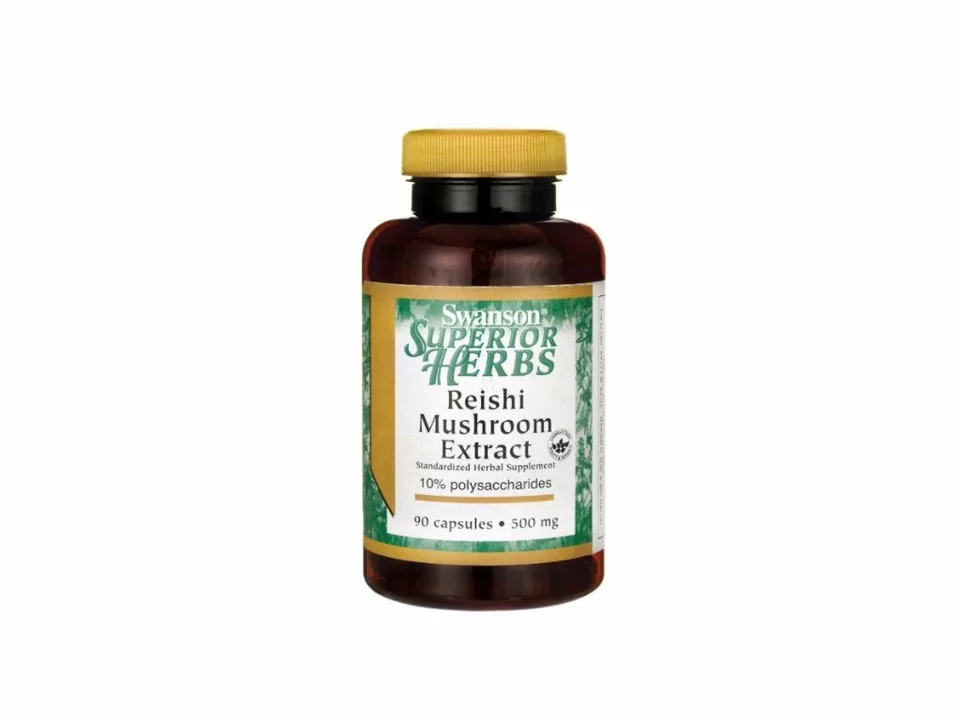Saw Palmetto: Uses, Evidence, Dosage & Buying Tips
Saw palmetto is a small palm native to the southeastern United States. Its berry extract is sold as a supplement for enlarged prostate (BPH) and hair loss. People like it because it's natural and easy to get, but the scientific results are mixed.
How it may work: the extract contains fatty acids and sterols that can block 5‑alpha‑reductase, the enzyme that turns testosterone into DHT. DHT is linked to prostate growth and male pattern hair loss. That makes sense on paper, but lab effects don't always match what happens in people.
What the evidence says: for benign prostatic hyperplasia, some randomized trials show modest improvement in urinary symptoms, while others show no benefit. A Cochrane review found inconsistent results across studies. For male pattern baldness the evidence is weaker — a few small studies suggested benefit when combined with other treatments, but strong proof is lacking.
Dosage & Safety
Common doses: most clinical trials use a standardized extract at 160 mg twice daily (320 mg per day) or a single 320 mg dose. Standardized means the product is processed to deliver consistent amounts of active components.
Side effects are usually mild: stomach upset, nausea, headache, and rarely dizziness. Saw palmetto can affect platelets and might increase bleeding risk when taken with blood thinners like warfarin or clopidogrel. Avoid it before surgery. Pregnant or breastfeeding women should not use it — safety is unknown for them.
How to pick a good supplement
Choose products that list a standardized extract and show amounts of fatty acids and sterols. Look for third‑party testing seals like USP, NSF, or ConsumerLab. Softgels or oil extracts may absorb better. Avoid products loaded with fillers or unneeded herbs.
Practical tips: give any supplement at least 8–12 weeks before judging whether it helps. Keep a simple diary for urinary flow, frequency, and night wakings if you use it for BPH. If you're trying it for hair, take monthly photos to track progress. Pair supplements with proven measures — for hair that means topical minoxidil; for BPH, talk to your doctor about medical options.
Talk to your healthcare provider before starting saw palmetto, especially if you take prescriptions or have prostate cancer concerns. Supplements can interact with tests and treatments — for example, they may slightly lower PSA levels and confuse prostate screening.
Common formulations mix saw palmetto with beta‑sitosterol, pygeum bark, nettle root, or pumpkin seed oil. Beta‑sitosterol has modest trial support for urinary symptoms and may boost benefit for some men, but mixing herbs makes it harder to know which ingredient helps — and which causes side effects. Expect to pay $10–$30 monthly. Keep supplements in a cool dry place and check the date. If you see blood in urine, weight loss, pain, or worsening urinary blockage, stop the supplement and contact your provider — those signs need evaluation.
If you buy online, pick reputable retailers that show batch numbers and clear contact info. Keep labels and receipts. If symptoms worsen, you notice new bleeding, or you have an allergic reaction, stop the supplement and get medical advice right away.
Get to Know Saw Palmetto: The Potent Plant Extract Taking the Supplement World by Storm
I recently came across Saw Palmetto, a potent plant extract that's making waves in the supplement world. This amazing plant, native to the southeastern United States, has a long history of traditional use for supporting urinary and reproductive health. Today, Saw Palmetto supplements are gaining popularity for their potential benefits in promoting prostate health, hair growth, and hormonal balance. I'm excited to explore the science behind this powerful herb and share my findings with you. Stay tuned to learn more about Saw Palmetto and its potential impact on our health and wellness.

